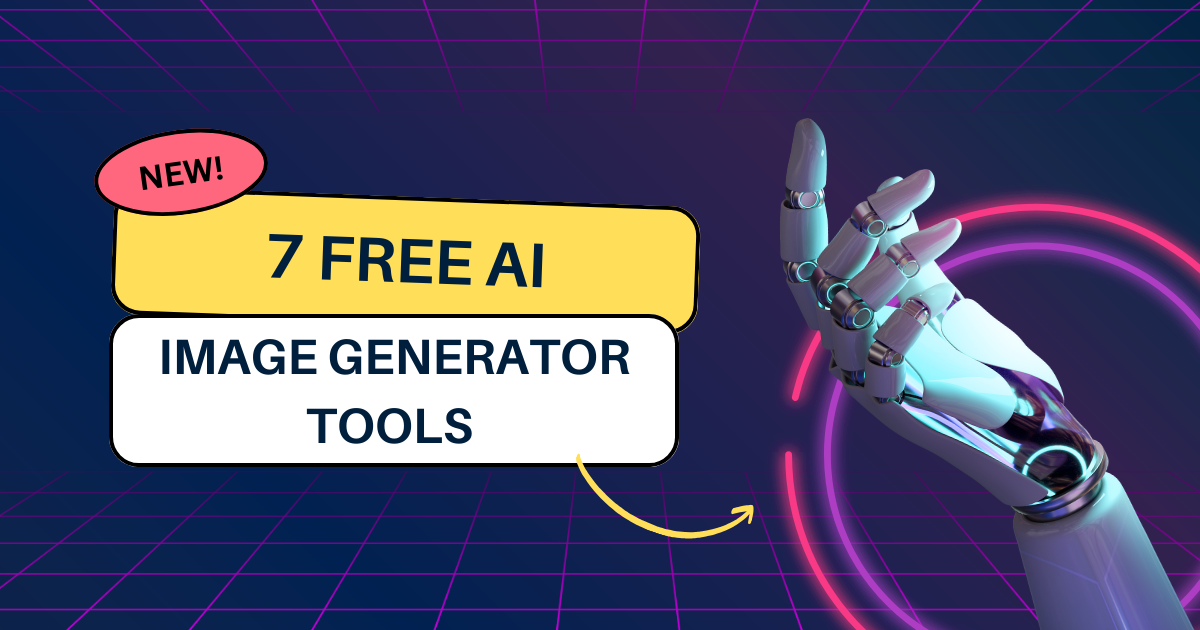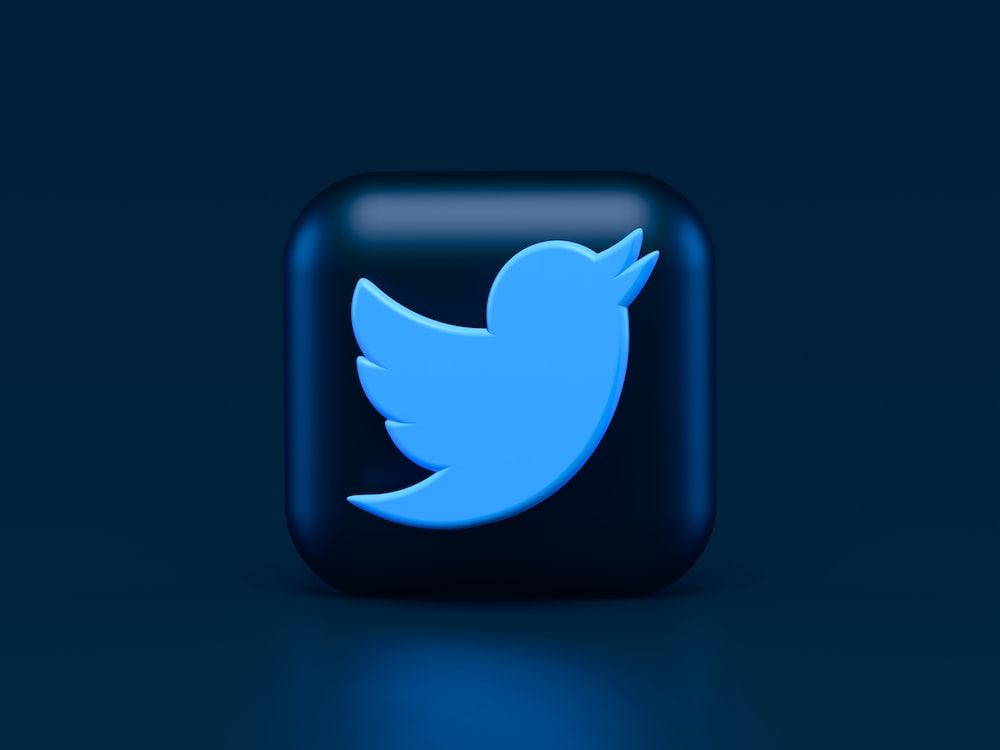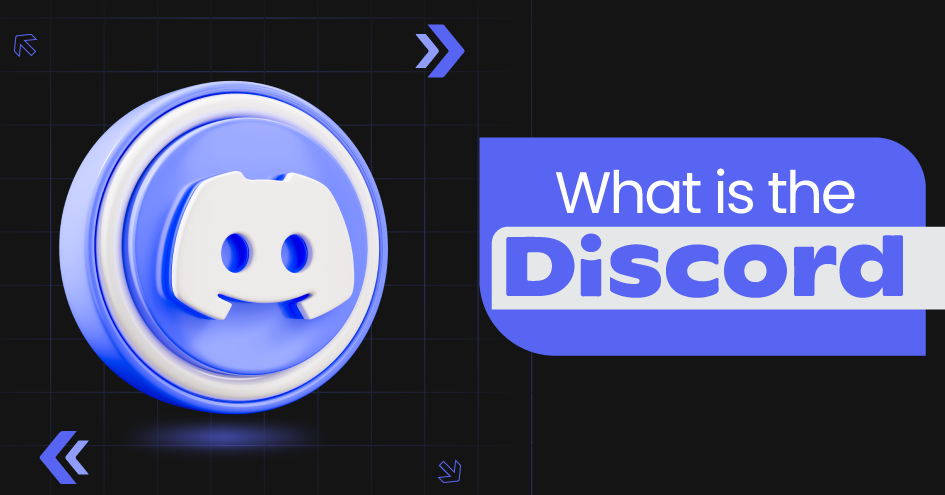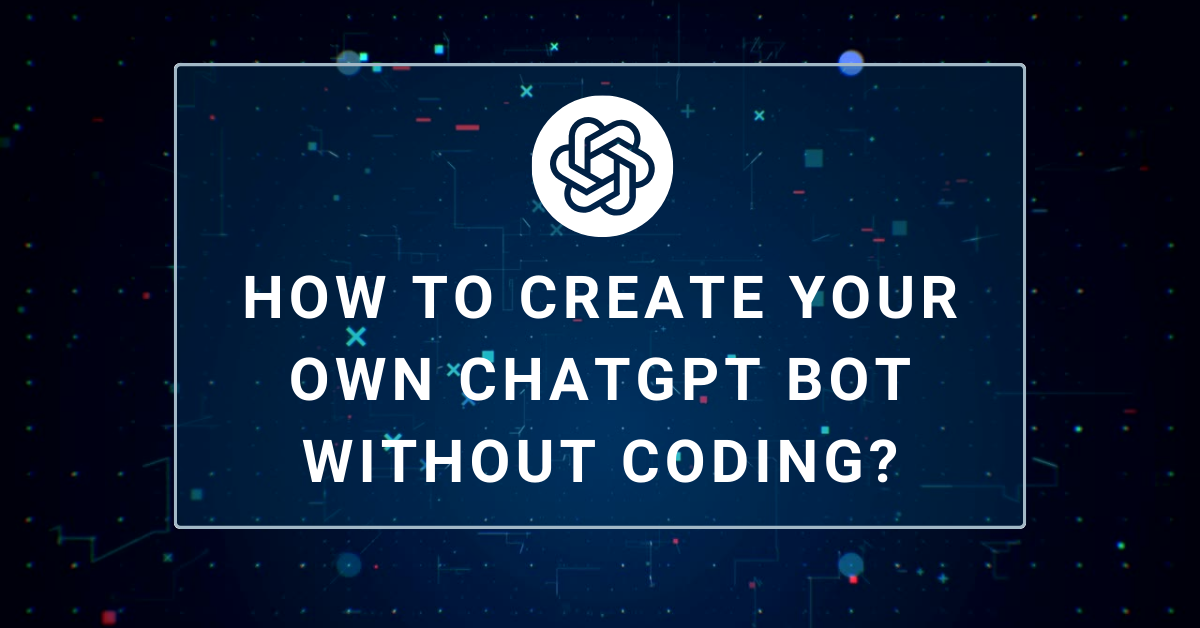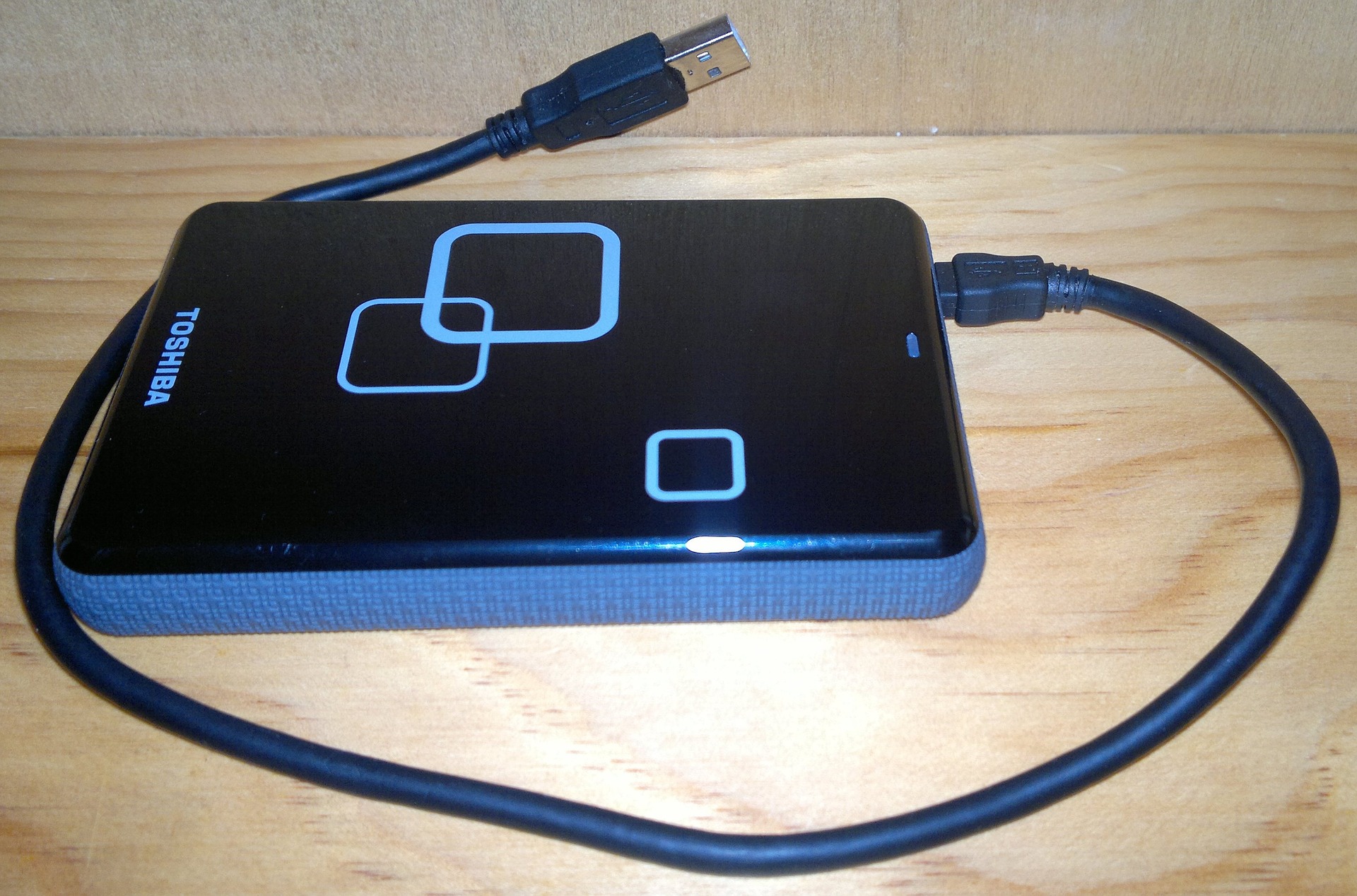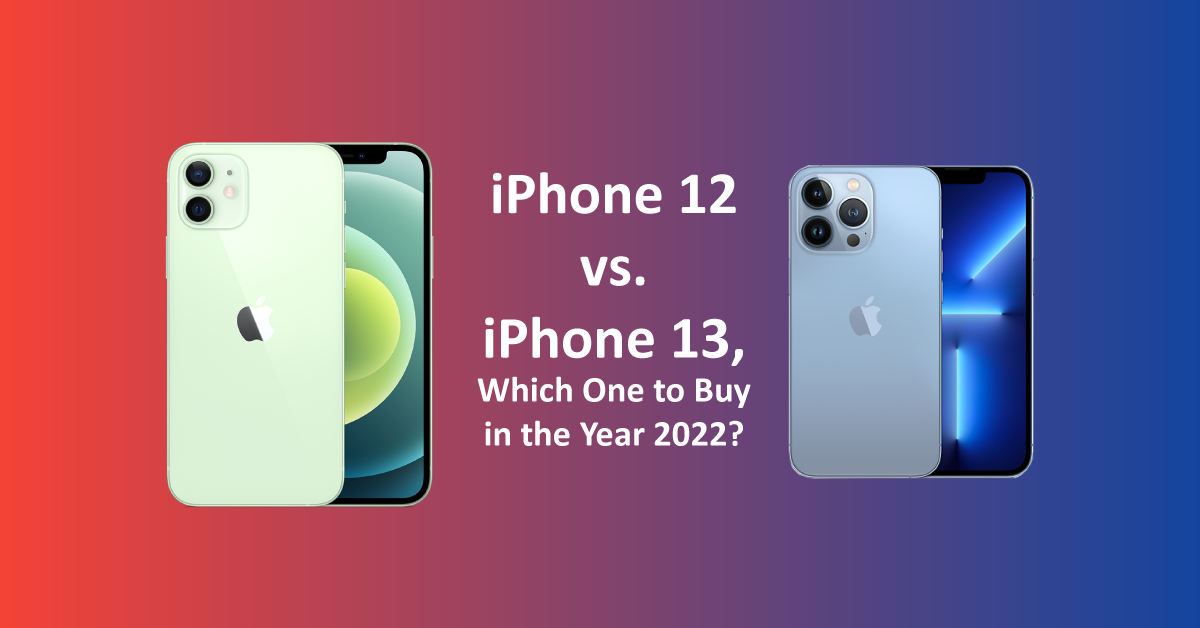How Web3 Will Significantly Change Social Media
October 27, 2022
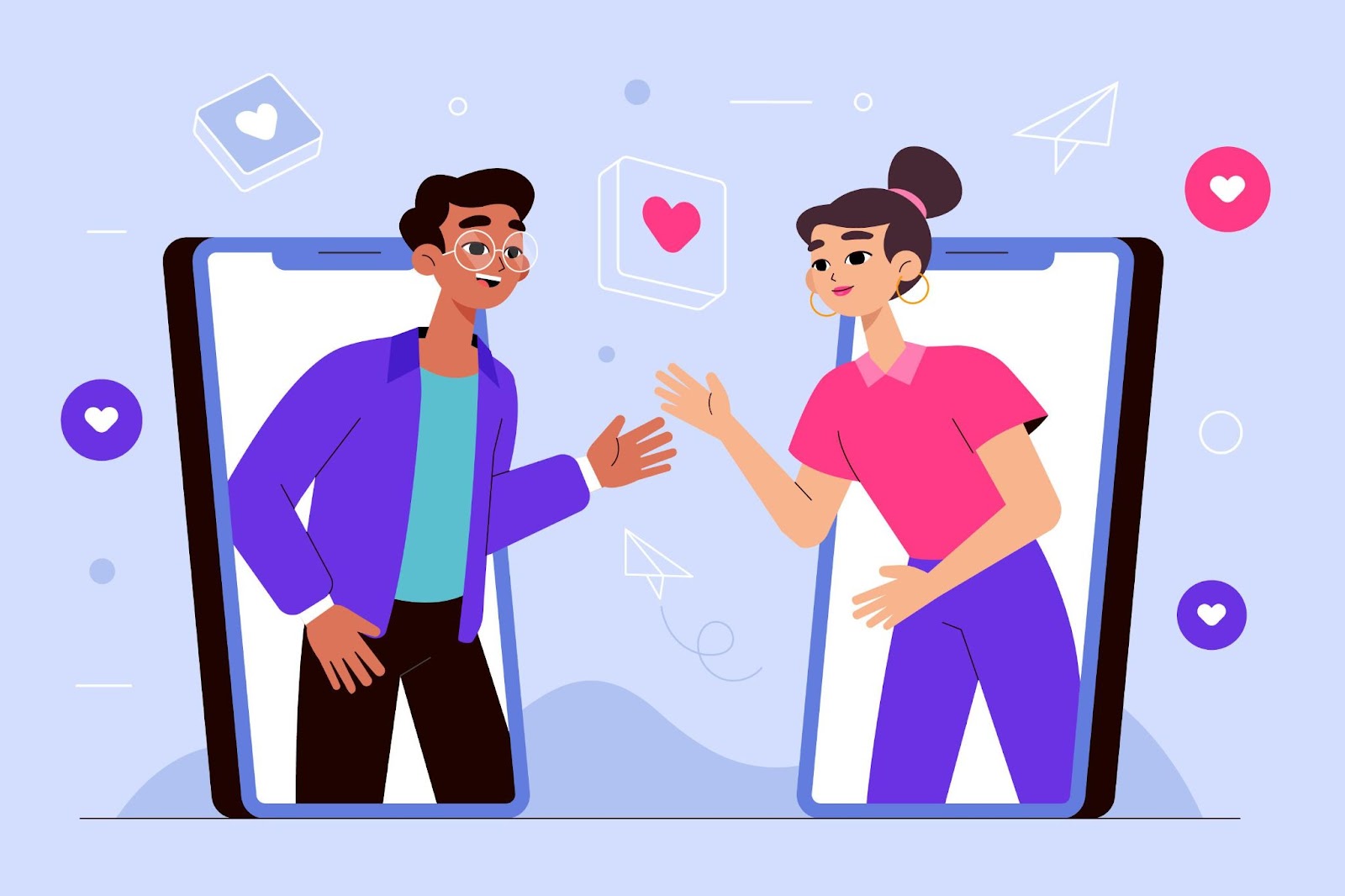
Web 3.0 has recently taken over our notice boxes. It has all the makings of being dubbed “the new internet” by enthusiasts. Web3.0 is a decentralized version of the internet that allows you to control your interactions across the networks you use on a regular basis, in addition to reading and writing on them. Overall, the internet’s future looks positive, but it will be very different from the present. The new internet’s purpose is to imitate real-world qualities in the digital sphere.
Over the last few years, there have been three waves of technological innovation in digital marketing: Web 2.0, Social Media, and Web 3.0.
Web1.0 was mostly made up of static text and graphics. After Web2 arrived, we could start connecting through Instagram stories, tweets, blogs, and Facebook posts. Everything got interactive after that, and web3 social media app development platforms began to surface here and there. So, what happens next?
Web 3.0 is often known as the decentralized Web.
How did Web 3.0 come to be?
The main focus of all of this was the 2018 financial crisis. It exposed the government’s irresponsibility and how public monies were used to bail out banks. For many, this was the final drop, which was reason enough to find a solution. The Bitcoin blockchain was established by an unnamed individual (or group) using the alias Satoshi Nakamoto. Banks and other centralized intermediaries are no longer required, allowing users to send money securely and reliably from anywhere.
The blockchain-enabled Web 3.0 as we know it today, but it took some time before blockchain applications such as decentralized finance (DeFi), smart contracts, and decentralized autonomous organizations were established (DAOs). The usage of Meta by social networks like as Facebook strengthened the link between hardware (such as virtual reality and augmented reality devices) and software. Web3.0 has matured into an ideal platform for the most cutting-edge data-driven technologies, such as blockchain and artificial intelligence.
Returning to the primary point, it is said that the new internet is wiser and more intelligent than previous Web eras. As immersive technologies advance, we predict that digital marketing will reach new heights. When it comes to enticing new customers to use their goods in a more enjoyable, personalized, and engaging way, brands will be spoiled for choice.
Marketers will only have limited access to user data.
Web 3.0 has rethought how firms acquire and use customer data. Rely significantly on the user data they now receive to earn large sums of income. Either selling it to third parties or using it as a marketing tool.
Given the value of personal data, supporters of the new internet argue that consumers should have more choice over how it will be cast off and with whom it is split.
According to Savana, new user privacy legislation would make it more difficult for firms to gather customer data while simultaneously compelling them to be more transparent about data acquisition and use. To reach their target audience, they will most likely need to devise novel, inventive techniques.
The use of Non-Fungible Tokens will become more widespread.
The metaverse and NTFS will grow in popularity in the end. We believe that the trend will acquire traction later this year. NFTs have seen broad acceptance in online art sales by artists. However, these digital tokens are more than that.
Tokens have a unique value that acts as a record of ownership with tangible benefits. NFTs are more than just pieces of art, and brands and marketers can use the blockchain technology that powers NFTs to create innovative customer experiences by:
Creating unique branded tokens that offer access to special events
Tokens that allow early access to content
Tokens that provide access to exclusive deals and discounts
Customers are free to do whatever they want with these tokens. They can either keep these special tokens for themselves or list and sell them on the already thriving NFT market.
The way corporations and brands are paid will also change immediately. Acceptance of cryptocurrency in digital merchants is already expanding, which will affect how we communicate and debate the specific point of sale.
Web3.0 empowers the consumer more than ever before.
The major purpose of the new internet is to redistribute power to the edge consumer. Instead of accompanying the journey, customers will make decisions and advocate for the concepts that most appeal to them.
As a result of this shift, digital marketing agencies and companies will need to focus more on community building. Because of the growing skepticism toward brands and how they manage data, the community is more important than ever.
More Content Creators Have More Freedom
Many content creators feel trapped by the platforms they utilize, which have stringent limits about what they can publish and minimal financial potential. Because of the new internet, they would have complete autonomy.
Artists and content providers only receive a small percentage of the money when someone downloads their work; in contrast, the hosting service (such as Apple Music or Spotify) profits handsomely. The same is true for YouTube and Twitch content creators. This will not be the case with the new Web3.1 revenue model. It’s time for artists to take control and reap the benefits of their own labor.
Web 3.0 is clearly a long way from being a reality. However, marketers will have to learn to understand it sooner or later.
